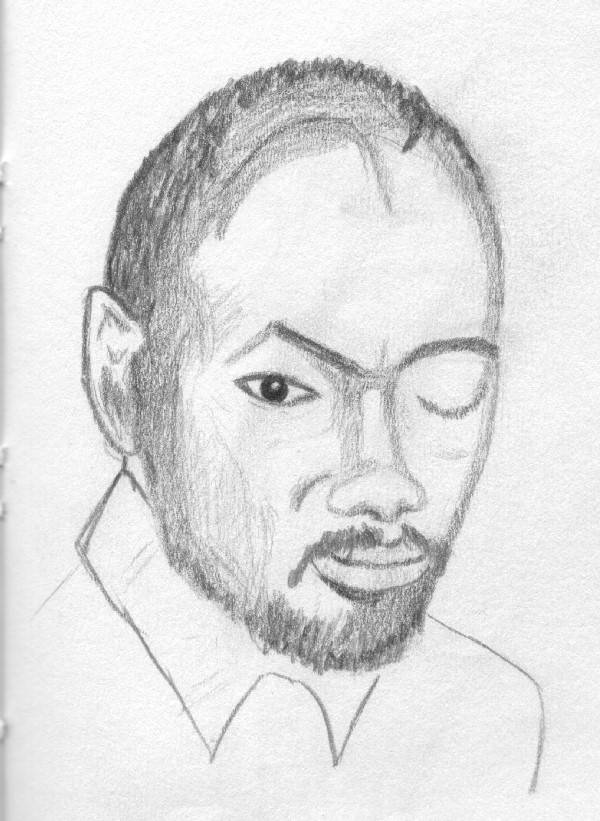| |
The Galileo Group
at Michigan State
In 1972-73, Woelfel and Barnett moved to the Department of Communication
at Michigan State University, Woelfel as an Assistant Professor
and Barnett as a graduate student. Of first priority was finding
a replacement for SOUPAC, the University of Illinois statistical
package which they used to make Galileo spaces. Kim Serota, a graduate
student in Barnett’s cohort at MSU, began the task of combining
the fragments of FORTRAN code written by Frank Belllinger and Woelfel
at UI into a coherent program that could implement the Young-Householder-Torgerson
solution and carry out the many other operations expected of the
Galileo after the spaces were formed.
He soon found Richard A. Holmes, Jr., an undergraduate computer
science major who quickly took over the task on a relatively full
time basis, with funding entirely from private consulting, and remained
the main programmer for the Galileo group until his untimely demise
in 1991.

The development of a free standing FORTRAN program was of utmost
importance to the Galileo enterprise, since none of the existing
psychometric or statistical packages could do most of the things
needed by the Galileo user community.
Holmes modified the Galileo software as required by its users. Much
of this work was done for commercial employers, such as Market Dynamics,
Inc, Opinion Dynamics, Inc., Galileo Opinion Dynamics International
Inc.(GODI), The Galileo Company and others, but a good deal of programming
was done pro bono for graduate student research projects.
John Marlier constructed an elaborate design to test hypotheses
about
Muzafer Sherif’s Social
Judgment Theory. Until Marlier’s work, ratio
scaled pair comparisons were considered to be unreliable for the
individual case, and were used only as means of many cases. Marlier
showed that they were, in contrast, more precise than traditional
scales even for individual measurements.
George Barnett, Kim Serota and James
Taylor investigated the use of Galileo for developing
political campaign strategies. The mathematical analysis of multidimensional
Riemannian vectors was done by Woelfel, presented for the general
case in Woelfel, Holmes, Cody and Fink, and the code (called the
Automatic Message Generator) was written by Holmes.
|
|

